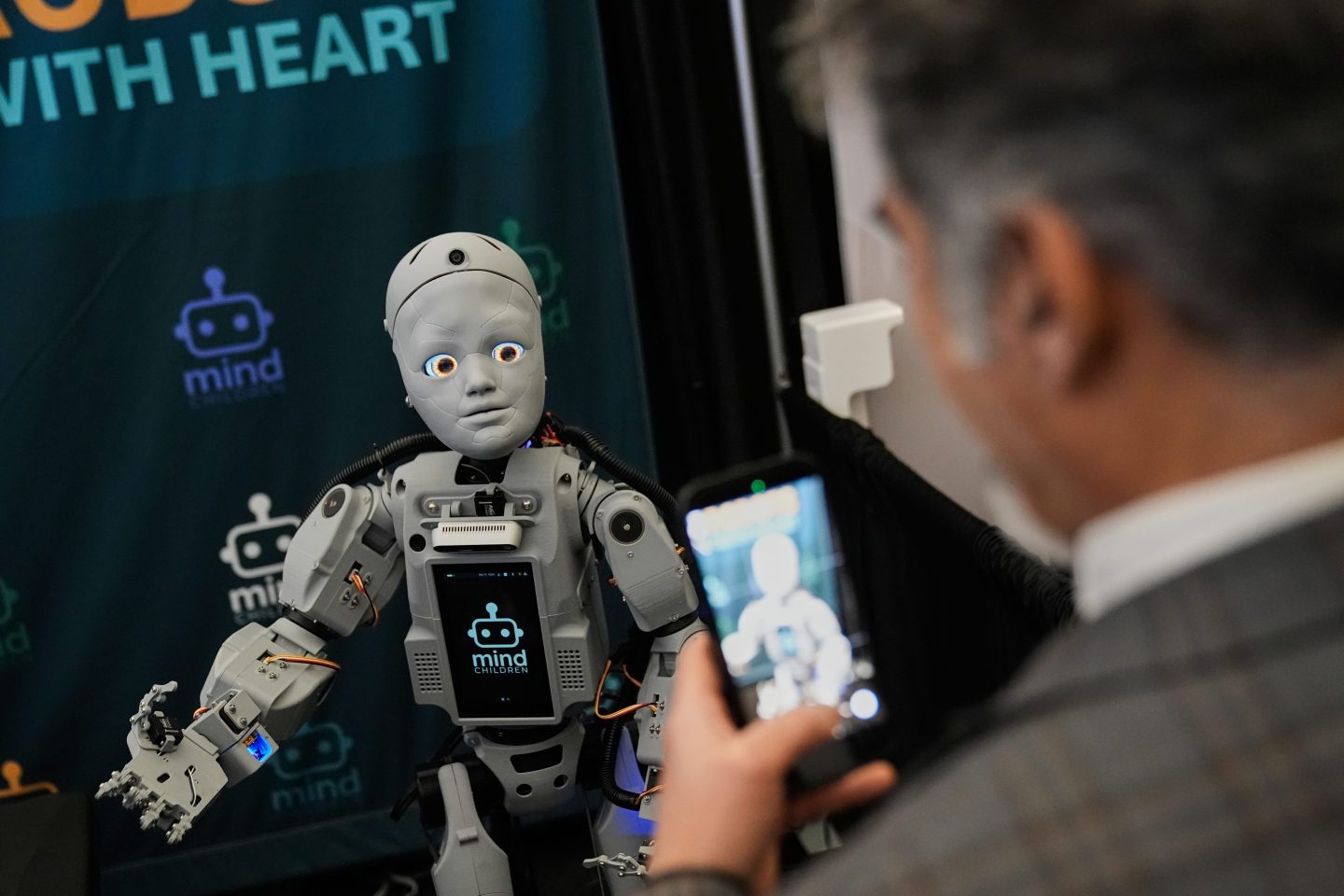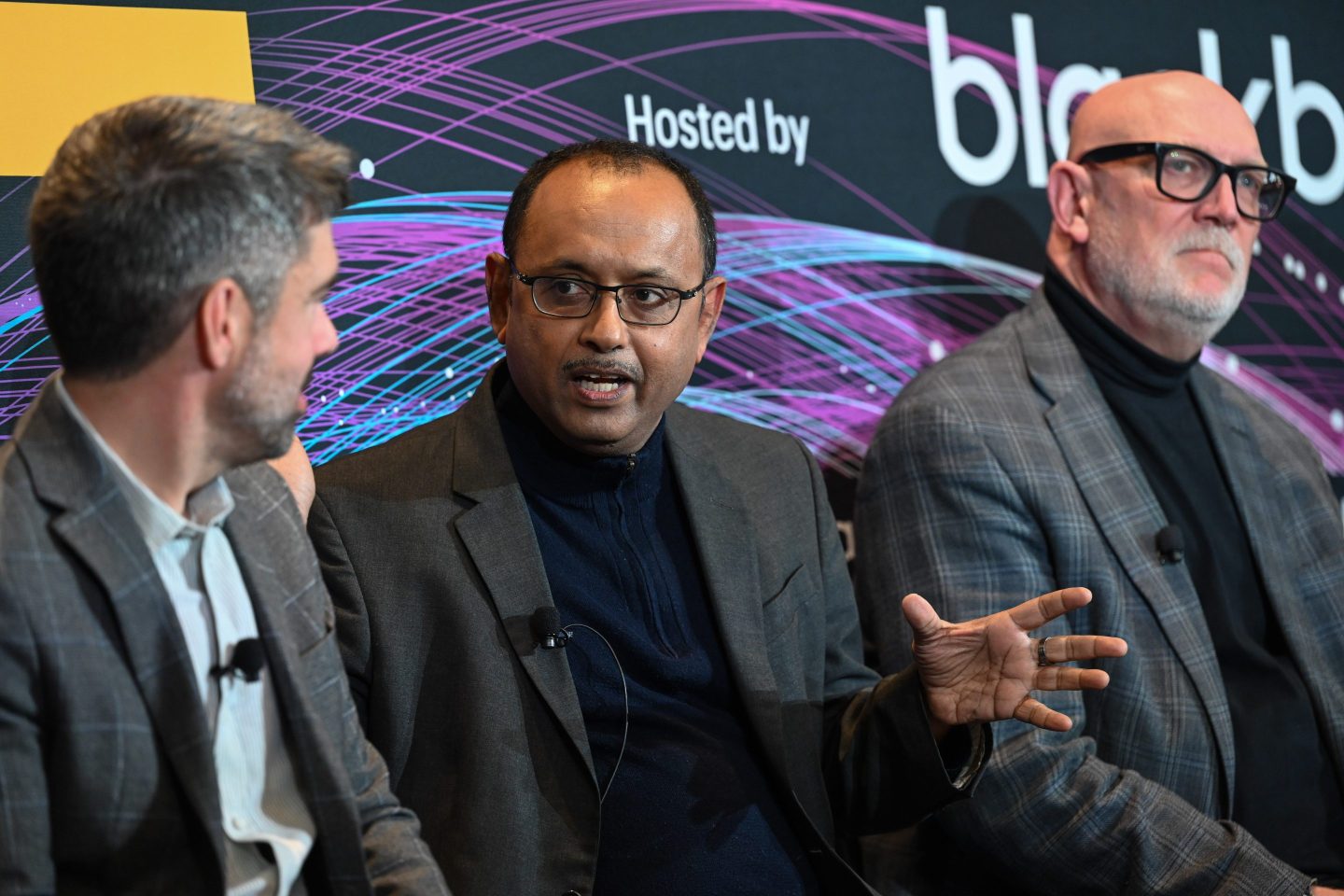Starting this fall, people living in Washington. D.C. will have an all-new way to get their groceries: via robots.
Starship Technologies, an Estonia-based startup created by two Skype co-founders, Janus Friis and Ahti Heinla, is going to have its “sidewalk friendly” autonomous delivery robot bring groceries, takeout, and other parcels to homes and businesses within a two-mile radius in D.C., according to the San Francisco Chronicle.
The robots use nine cameras, a GPS, and “sophisticated software and Starships’s own maps,” according to the Chronicle. However, the robots will still be monitored by humans at a remote location who will be able to takeover if need be, even though they are designed to not crash into people.
Starship just completed the first autonomous delivery in San Francisco to a lovely lady called Julie #sanfrancisco#firsteverpic.twitter.com/2ZqRI69XbQ
— Starship Technologies (@StarshipRobots) September 20, 2016
Budoucnost se zhmotnuje. @rohlikcz pristi rok do ulic vypusti desitky dorucovacich robotu od @StarshipRobotspic.twitter.com/d438YsPzsQ
— Honza S. (@StrouhalJan) September 9, 2016
Starship plans on having 100 robots per human operator, as well as making the robots available for businesses to rent on demand. Each delivery is expected to cost a few dollars at first, but eventually could be down to “pennies per delivery.”
Washington D.C. became is the first city in the nation to allow ground-based robots on municipal sidewalks, the Chronicle reports. According to the Washington Post, ground robots there can’t exceed 10 miles per hour or weigh more than 50 pounds, but Recode reports that Starship’s robots don’t exceed four miles per hour, and are designed to carry about 40 pounds, or about three grocery bags.
The company is still looking for more cities in the U.S. that will allow the robots, especially after San Francisco decided it wasn’t ready fully ready for the the autonomous creations. The Department of Public Works there decided to charge the company a temporary occupancy permit for $66 per side of a block.
Starships’s main goal with the robots is to figure out the “last-mile” challenge of getting packages from warehouses to homes. And while Starship is taking on the problem with ground-based robots, Amazon (AMZN) is testing out deliveries with flying drones.










